Julien Mauve
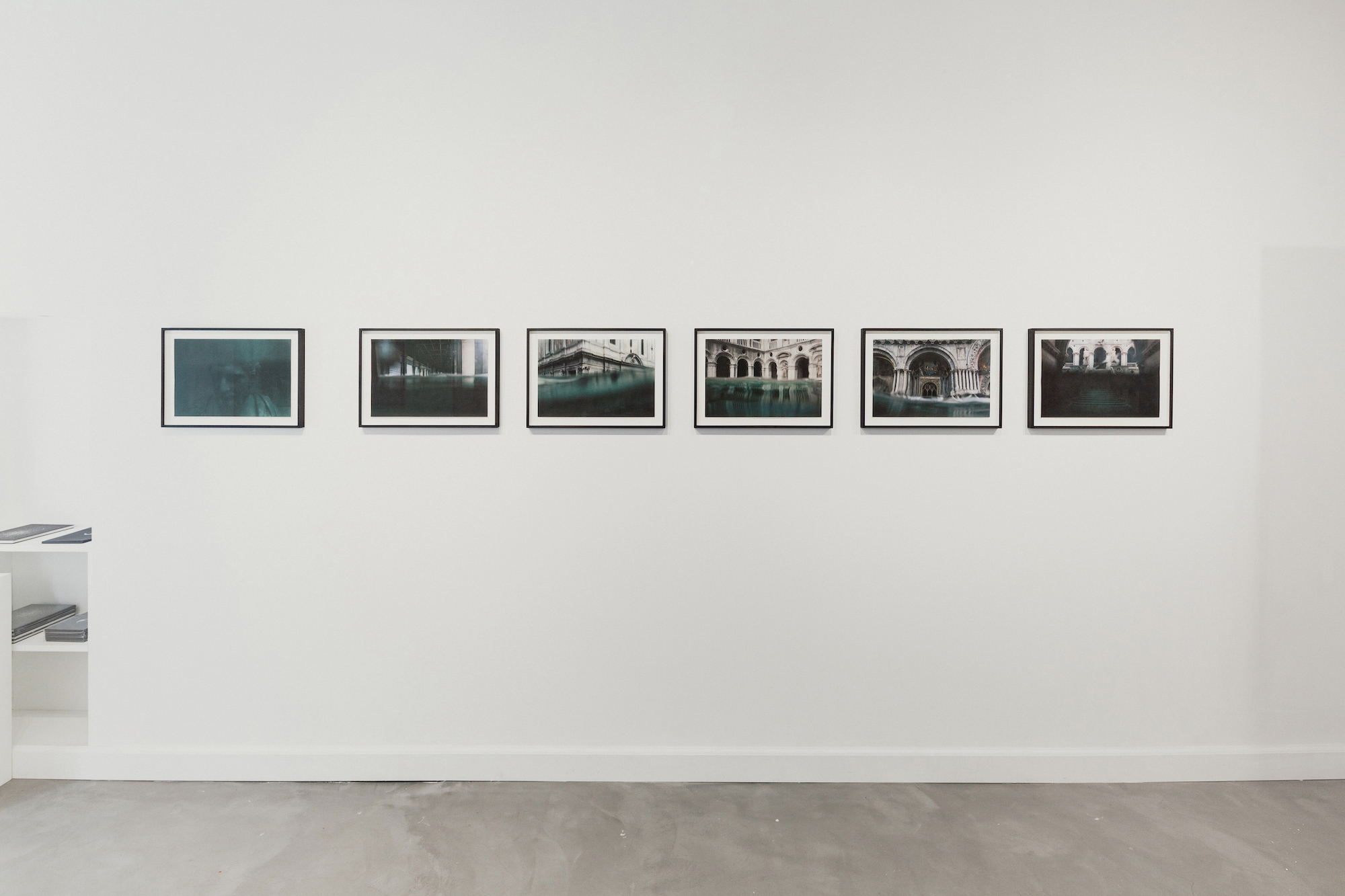
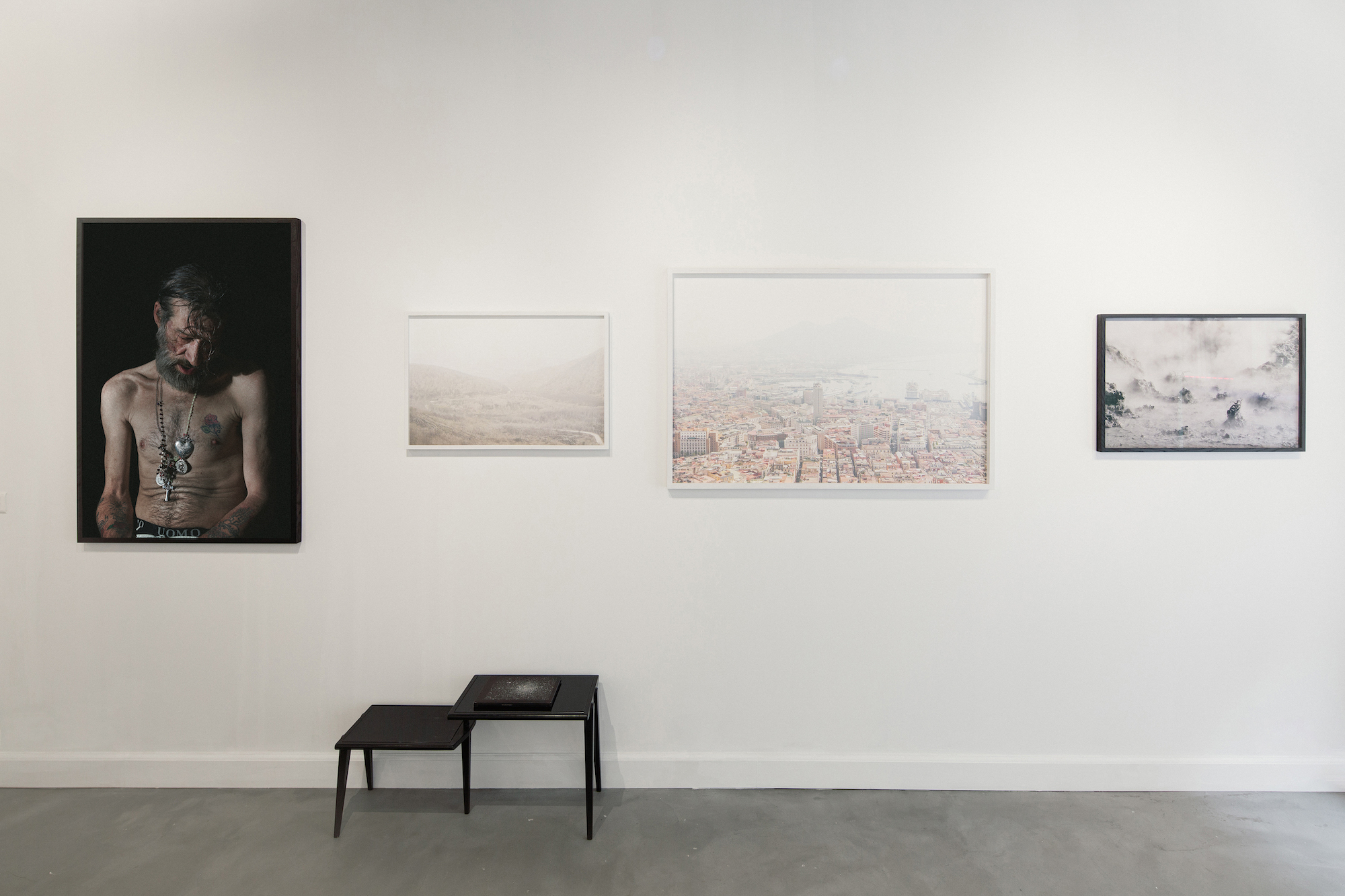
Il Miracolo
Julien Mauve
exhibition view. Photo : Alexandre wallon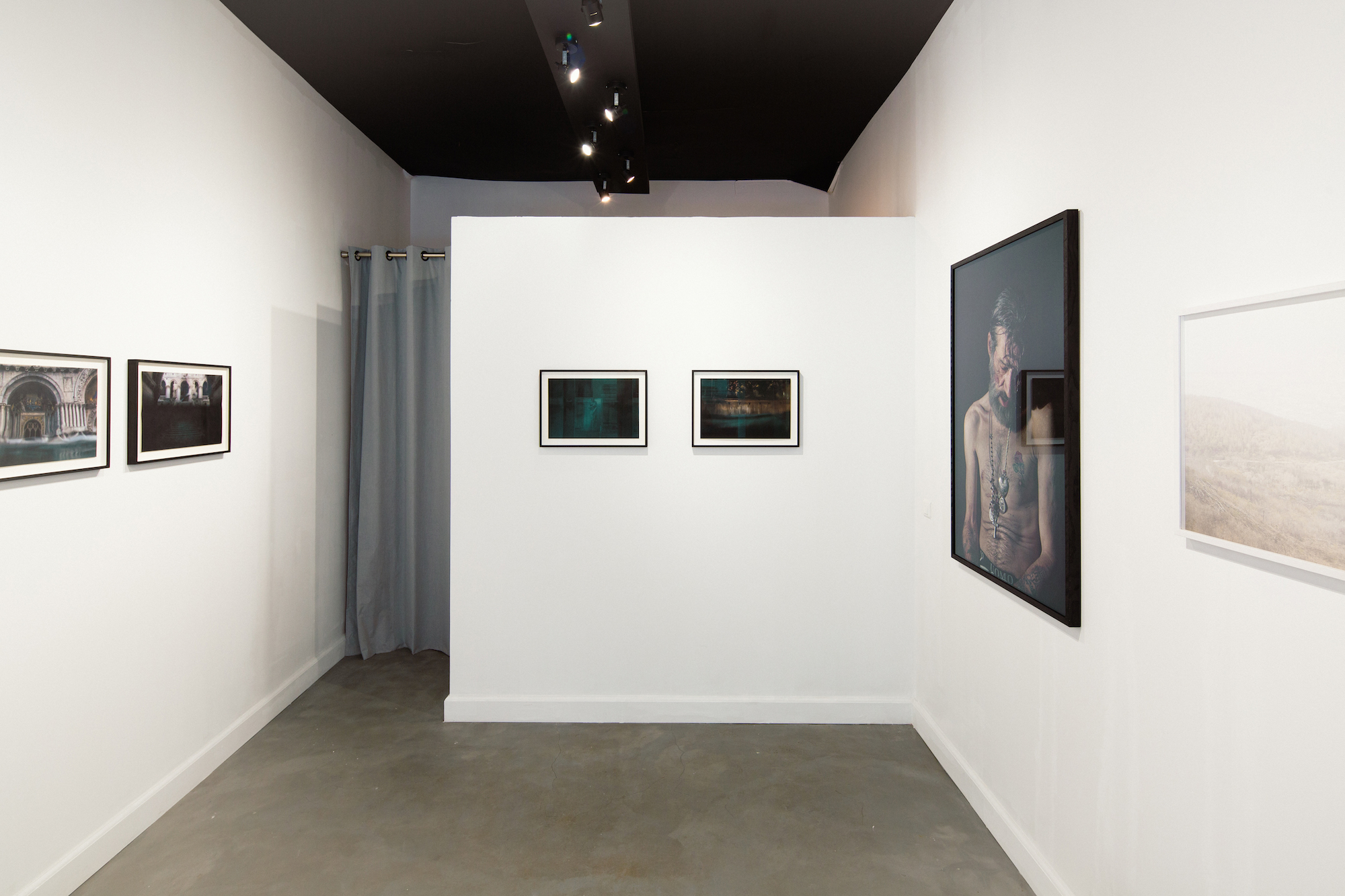
Il Miracolo
Julien Mauve
exhibition view. Photo : Alexandre wallon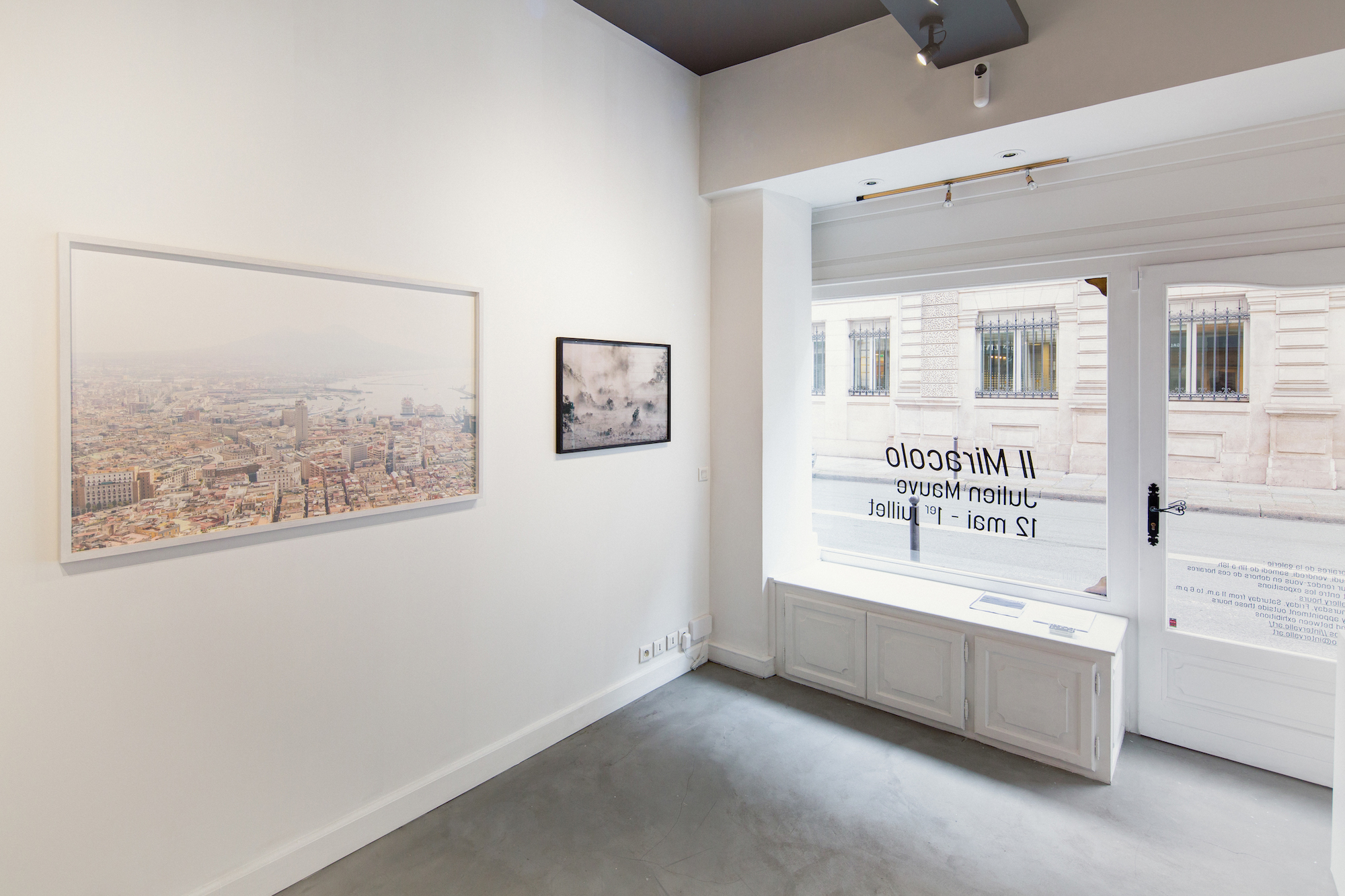
Il Miracolo
Julien Mauve
exhibition view. Photo : Alexandre wallon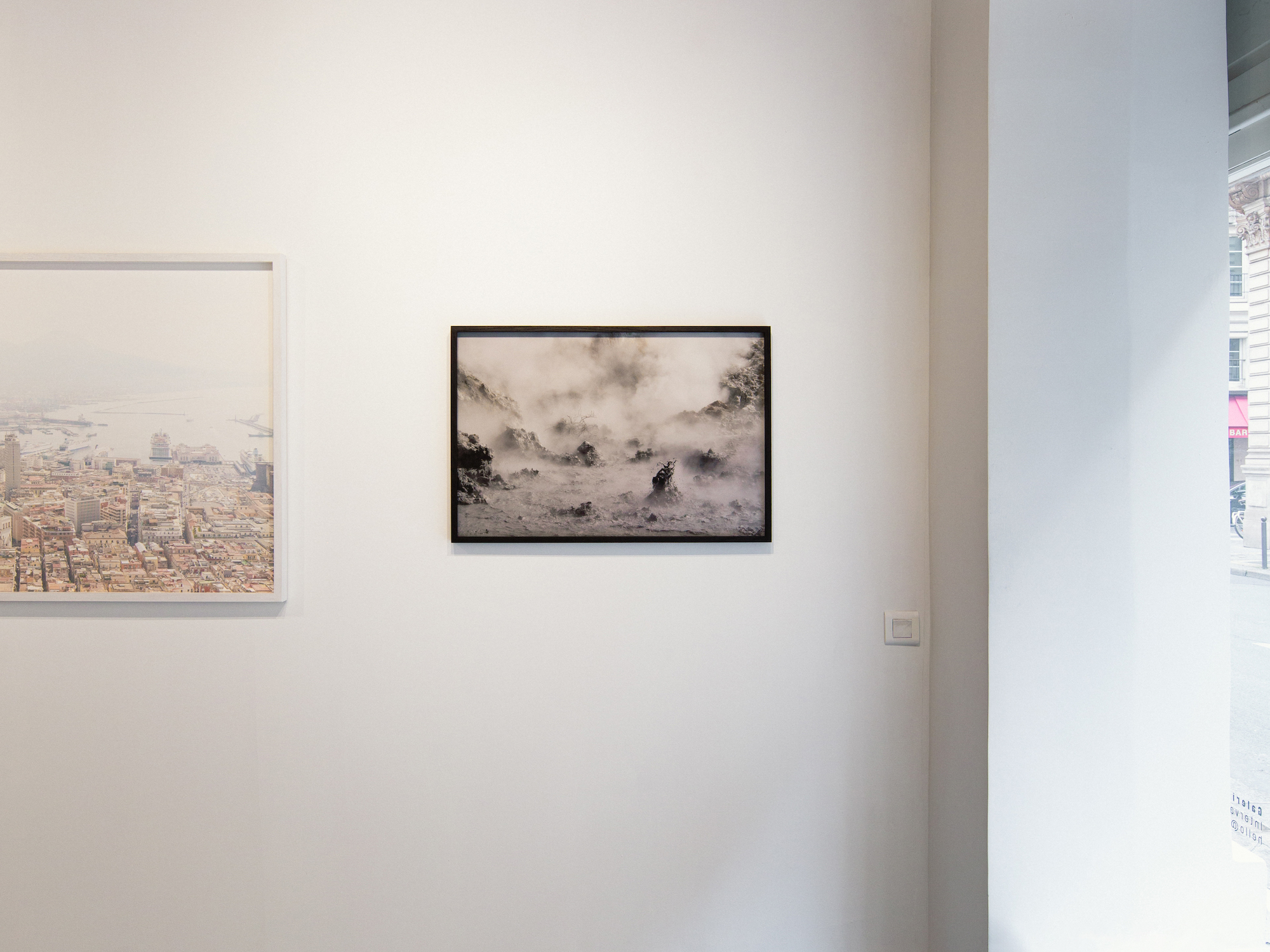
Il Miracolo
Julien Mauve
exhibition view. Photo : Alexandre wallonFor his third solo exhibition at the gallery, Julien Mauve offers a new interpretation of a recurring theme in his work that could be titled as follows: "the world after us". Il Miracolo (I), made in Naples and Il Miracolo (II), in Venice, celebrate fire and water, elements that make up the universe. The threat of Vesuvius in Naples and the sinking of Venice refer to the question of our existence, to fatalism and resistance against the power of nature in order to survive at all costs.
The artist inscribes the first chapter of this artistic investigation in the Bay of Naples. A unique place of uncontrolled urban development around Vesuvius, where the threat of eruptions is forgotten thanks to the benefits of fertile soil, rich culture and the strength of religion. Thanks to the time spent in several stays on the spot, the artist deepens his visual and sensory experience and realizes an anthropic study through landscape photography. The silent breath of the volcano is the starting point. Julien Mauve inspects the surrounding nature, the movement of the mountains measured by the sensors of the Vesuvius observatory, the urban landscape and the men who inhabit it. He draws a collective portrait of a society and focuses on its ability to cope with the daily threat, knowing that the fertile giant can at any time turn into a ruthless god, capable of destroying everything at its feet. Since science cannot predict the eruptions, faith takes over, instilling the necessary calm to ease the anxiety of souls. It is the annual miracle of the liquefied blood of "Saint Janvier". Julien Mauve consecrates this inexplicable phenomenon - already described in 1799 by the general Thiébault, as a means of exorcising the fear in front of the human finitude and the immensity of nature. (from a text by Viviana Gatica).
In Venice, the artist invites us to become aware of climate change by observing it from a new perspective: the rise in sea levels, a threat to a precious site governed by a precarious balance. The Lake City, unlike Titian's Venus Anadyomene, will be damaged. Climate change leaves no chance for resurrection. The time when men had any power in the face of these developments is over and, retreating, they abandon themselves to the sublime vision of sinking. By summoning the concept of abstraction, thanks to a protocol that allows us to take views through a portable aquarium filled with tinted water, Julien Mauve projects us out of time. The works are antidotes to the decadence described by Gerolamo Rovetta in his story entitled "Under Water". Antidotes to the stifling atmosphere of human decline depicted by Thomas Mann in the novel "Death in Venice". The city stripped of its inhabitants. The only things that remain are the witnesses of closed doors and windows, of stores asleep under the arches of the porticos. If the miracle happens, it will be embraced passively as Venice embraces its fate. Everything is softly stopped, the Zeitgeist suspended, waiting for a future. Venice is a relic purified by the flood. The water is the "Holy Water", purified of putrid debris and mud. The artist favors the blur, captures the buildings out of focus, creating in a magic, a dreamlike and mysterious landscape. Infinite contemplation of the imperishable and serene memory. The majestic figures of the golden mosaics of the Basilica of San Marco, symbols of the ancient power of the most important port city of the Middle Ages, look at the water rising, facing the sacredness of Christ of the church of San Michele. And we wonder. How will Venice die?